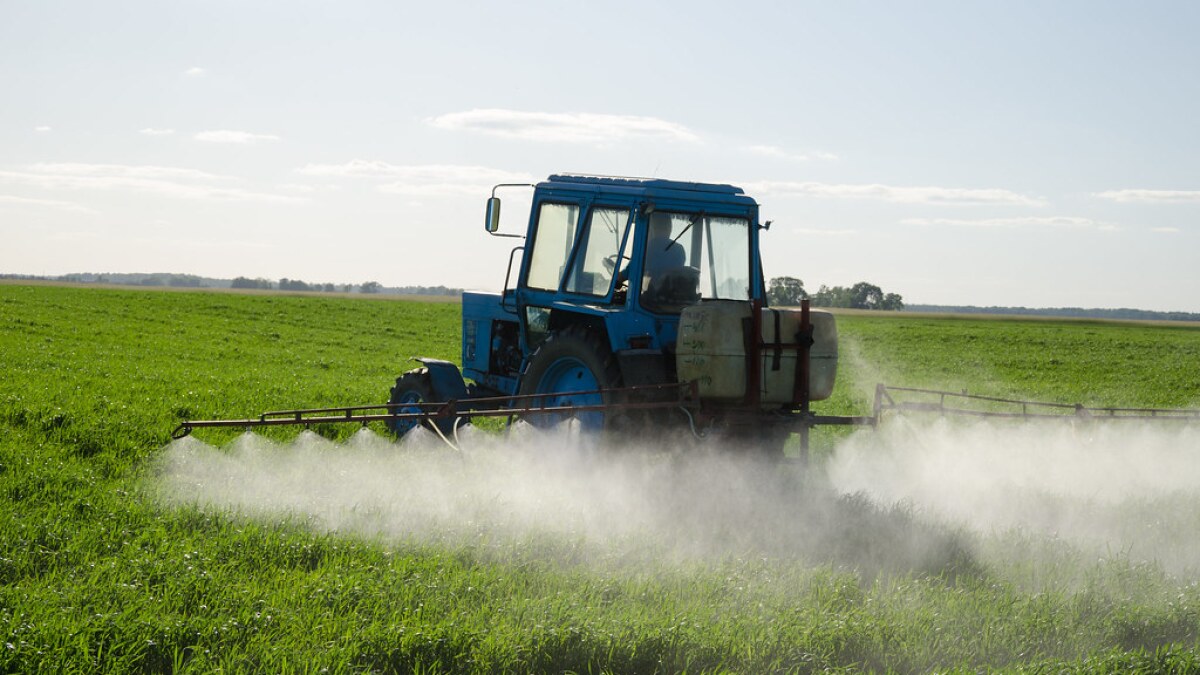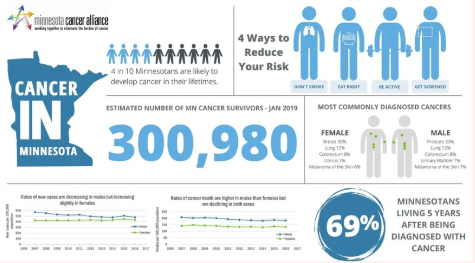In rural corners of western Minnesota, cancer rates have quietly surged over the past two decades. Public health officials and researchers are now racing to understand why certain agricultural counties are seeing more cases than others — and why so many diagnoses are late-stage and harder to treat.
Minnesota is projected to see more than 37,000 new cancer diagnoses in 2025, with over 10,000 deaths expected statewide. While some of the increase reflects an aging population and better detection methods, cancer is hitting certain communities harder than others. A recent analysis of state data shows that parts of farm country — especially counties in the northwest and southwest — have consistently higher rates of cancer compared to the Twin Cities metro.
The disparities are particularly striking when it comes to colorectal cancer. In some rural counties, incidence rates are 30% higher than in the metro, and late-stage diagnoses are up to 44% more common. Similar patterns are emerging for other forms of cancer, such as kidney, liver, and some blood cancers.
But even as the numbers rise, the underlying causes remain a mystery.
“We’re seeing elevated rates, but we can’t yet say why,” said Dr. Brooke Cunningham, commissioner of the Minnesota Department of Health. “It could be a combination of environmental exposures, behavioral risk factors, or access to health care. We simply don’t have enough data to pinpoint the root causes.”
Minnesota has one of the most advanced cancer registries in the country, and its rates of diagnosis and survival are among the best nationally.

That might account for some of the higher reported rates — more cancers are being found thanks to better screening. But health officials say that doesn’t fully explain why certain rural counties consistently rank higher in both incidence and mortality. One theory under investigation involves drinking water contamination. In farm country, nitrate runoff from fertilizer is a common issue, and long-term exposure has been linked in some studies to elevated cancer risk. Minnesota already tracks nitrate levels in well water, and some rural homes have tested above federal safety limits. Other chemicals used in pesticides and herbicides could also play a role, but conclusive evidence linking them to the current cancer trends remains elusive. At the same time, lifestyle factors such as smoking, poor diet, and obesity are more prevalent in some rural areas, which could contribute to the higher rates. But researchers caution against blaming individuals, especially in regions where access to primary care and routine screenings is limited. Distance to clinics, lack of insurance, and workforce shortages in rural hospitals all make it harder for residents to get timely care.
“We know that early detection saves lives,” said Amanda Mieklejohn, a cancer epidemiologist. “But in many of these counties, people aren’t getting screened as often. By the time they do see a doctor, it’s often too late.”
The state is trying to address the gap. Mobile screening units have been deployed in some counties, and new public health campaigns are focusing on colorectal cancer awareness. But long-term solutions may require deeper investment — including stronger protections for drinking water, better rural transportation infrastructure, and more robust funding for regional health systems.

Some local leaders are also pushing for a broader investigation into environmental risks in agricultural communities. That could include expanded testing of soil and groundwater, as well as more detailed tracking of cancer cases by type, stage, and geography.
For now, families in counties like Yellow Medicine, Nobles, and Marshall are left with more questions than answers. Many residents say they’ve seen neighbors, coworkers, or relatives diagnosed with cancer far too frequently — and far too young.
“We’re not asking for miracles,” one resident said. “We just want to understand what’s happening out here.”
As state health officials continue to study the data, one thing is clear: the growing cancer burden in Minnesota’s farm country demands a closer look — and a plan to protect the people who live there.


